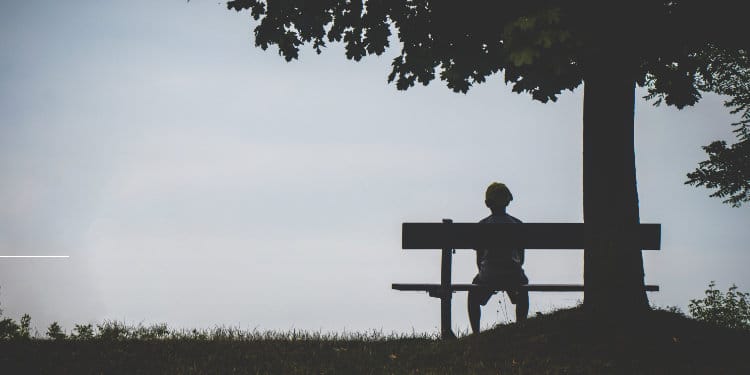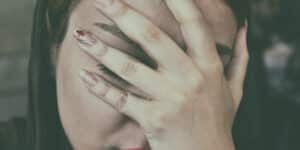











Trypophobia is disgust or fear of small holes or bumps, such as the holes in sliced bread, a cheese grater, strawberry seeds, honeycombs, skin problems, spotted animals, showerheads, and even some flowers. The origin of the name comes from the Greek word “trypa,” which means “hole” or “drilling.”

Despite its fairly common occurrence, the American Psychiatric Association (APA) does not classify trypophobia as a mental health condition in the (DSM-V). Most recognized phobias, such as astrophobia (fear of the stars) and cleithrophobia (the fear of being trapped), are categorized as specific phobias; irrational fears that are, overwhelming and can trigger symptoms of severe anxiety, interfering with daily functioning. In contrast to specific phobias, the prevalent response of someone with trypophobia to a trigger is disgust.
That said, some sufferers may also experience anxiety or panic-like symptoms, including difficulty breathing, rapid heart rate, nausea, itching, and sweating, when they are exposed to a pattern of holes.
Researchers debate whether those with trypophobia are afraid of the holes themselves or rather associate the cluster of holes with “venomous organisms.” A product of evolution is that people are wired to fear that which they perceive to be harmful. Therefore, looking at holes might trigger a fear of disease-ridden skin issues and be related to an aversion that helps people keep themselves safe.
Some believe that trypophobia has nothing to do with evolution but rather that images of hole-like patterns elicit a negative reaction in people. This theory supports the idea that rather than being a phobia, the intense discomfort is caused by a response to visual stimuli. Others believe that the cause is social anxiety, with the circles resembling eyes or faces, which can be unnerving if you are uncomfortable in social situations.
Whatever the cause, trypophobia is considered to be more common in women than in men and it might also be more prevalent in individuals who suffer from migraines or epilepsy.
While there is no specific treatment for trypophobia, it is worthwhile trying treatments that are proven to be effective in reducing symptoms of other phobias.
While psychologists continue to debate whether trypophobia is considered to be a genuine phobia, the condition is fairly common and continues to cause significant distress to those who are afflicted with it. Hopefully, as more research is conducted in the future, there will be greater awareness and knowledge of trypophobia along with specific treatment strategies.
While trypophobia might not yet be officially recognized as a distinct mental health condition, its impact on those who experience it is undeniably real. The range of responses—from mild discomfort to severe anxiety—highlights the complexity of this phenomenon and its potential roots in both evolutionary and psychological factors. As our understanding of trypophobia evolves, so too should our approach to managing and treating it. Continued research and a broader acceptance of diverse phobic responses will pave the way for more tailored and effective interventions. For those affected, exploring various coping strategies and seeking professional support can make a significant difference in mitigating the distress associated with this unsettling aversion.
Sources